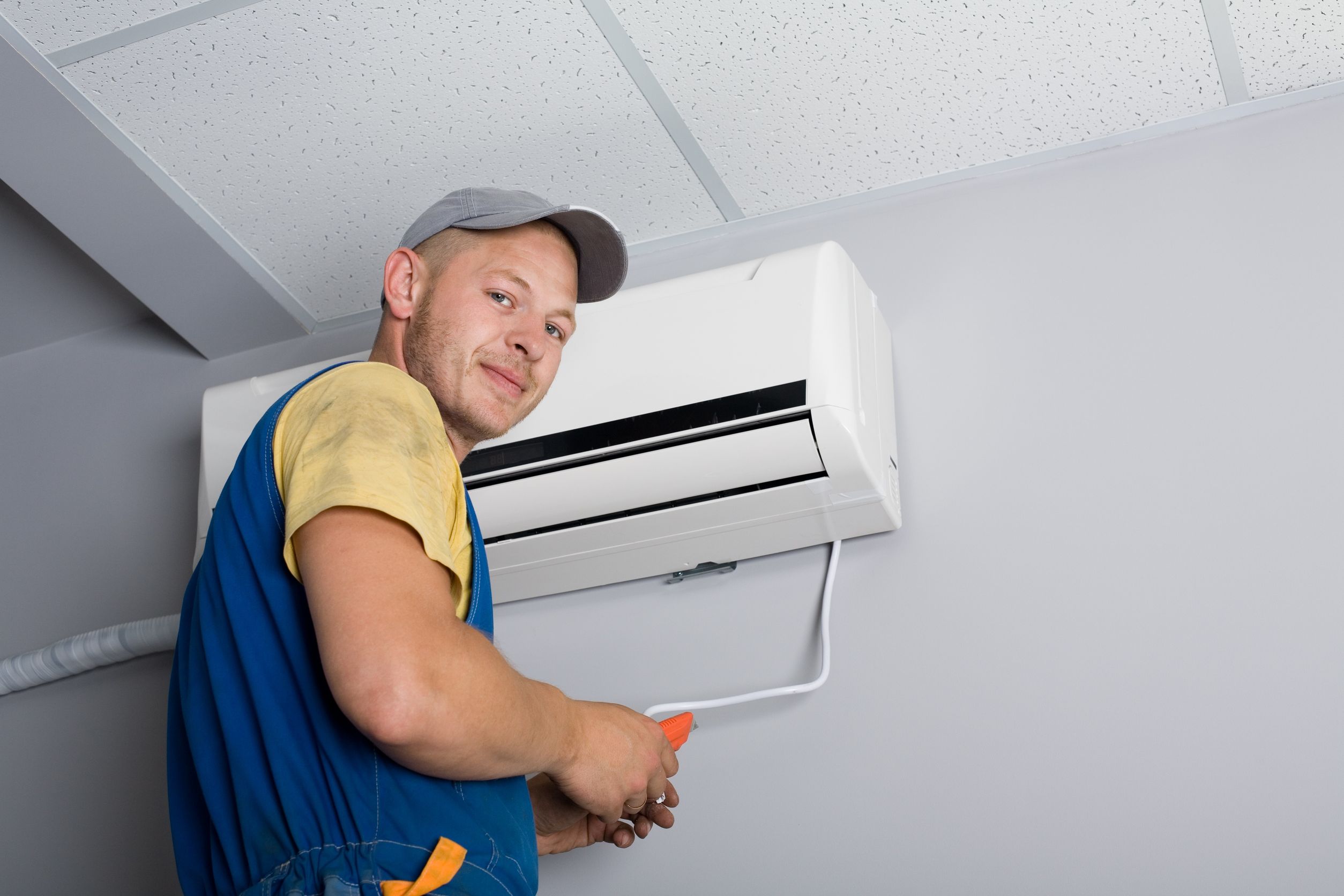Although the summer storm season has passed, winter storms are just around the corner. While most storms pass with little consequence, some cause serious damage to homes and HVAC systems. When storms approach, make sure the home’s heating and cooling equipment is ready with these simple, yet effective tips.
Protect the System From Power Surges
It’s a good idea to buy a top-quality surge protector where your furnace is plugged into an outlet. The surge protector will shut the system down automatically if there’s increased line voltage. Don’t touch any electrical parts, and call for air conditioning system repair in San Marcos TX if there’s any uncertainty.
Be Sure Everything’s Anchored Properly
Be sure the outside heating and cooling equipment is installed on concrete and secured to prevent it from being thrown aside or washed away during a storm. If the area is prone to severe storms, use straps to protect the unit from high winds.
Cover the Equipment if Possible
While the family’s safety is, of course, the top priority, it’s still important to protect the home’s HVAC equipment. If time allows, shut the unit off and cover the outdoor portion of the system with a tarp. After the storm passes, don’t forget to remove the tarp and any surrounding debris before turning the unit back on.
Check for System Damage
Once the storm is over, ensure the system’s safety before switching it back on. First, check for visible damage and clean the area around the system. Second, call for air conditioning system Repair in San Marcos TX if there’s any flooding or damage to the equipment. Once the system has been inspected by a professional, turn it back on to dry out the home and prevent mold from growing in the ductwork.
Call Today to Schedule Service
While most storms are relatively minor, some cause damage to home heating and cooling systems. If the home’s HVAC equipment has been damaged in a storm, follow these tips and contact us by phone or online to request a service call. With help from the pros, it’s possible to keep cool (or warm) throughout storm season.

